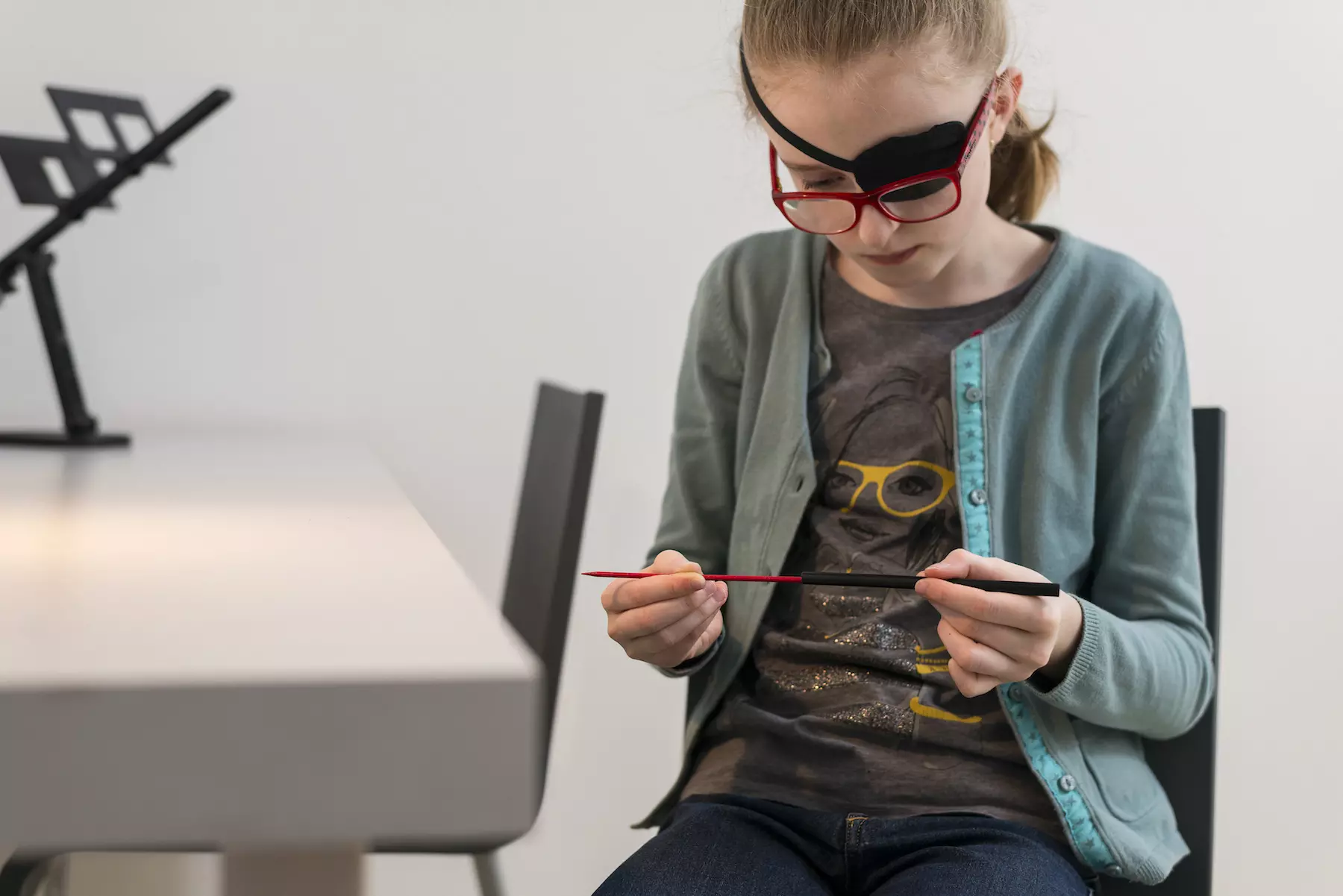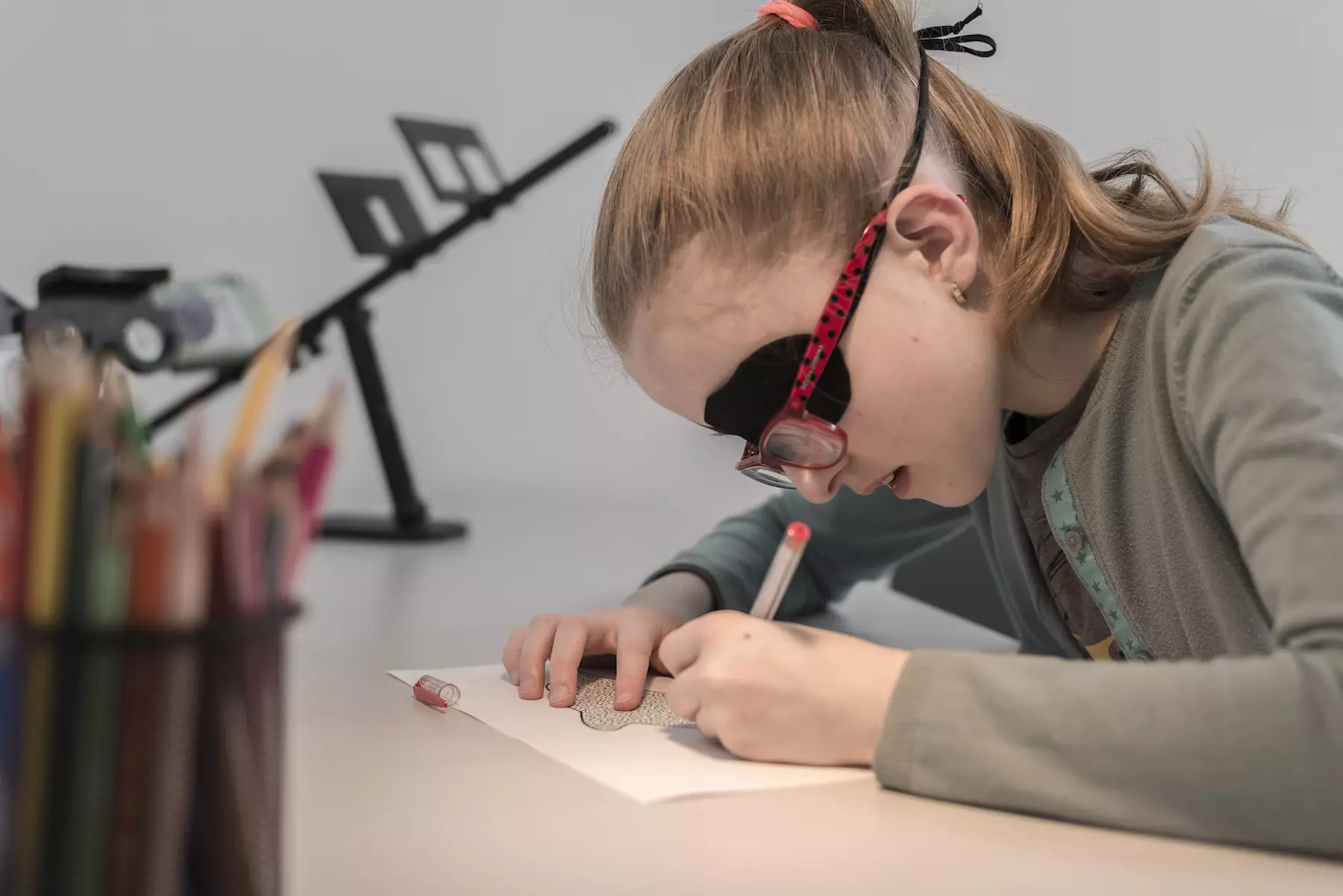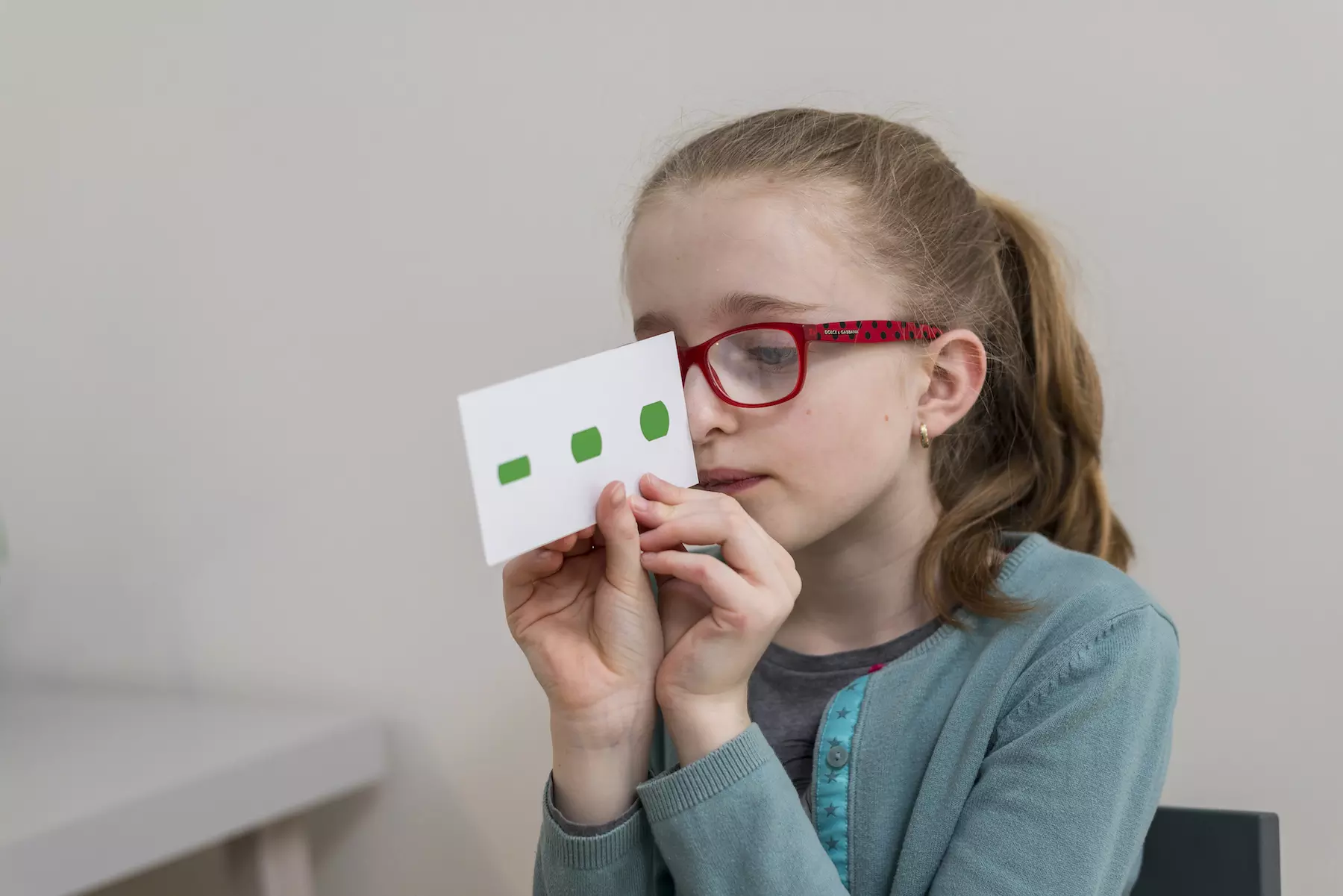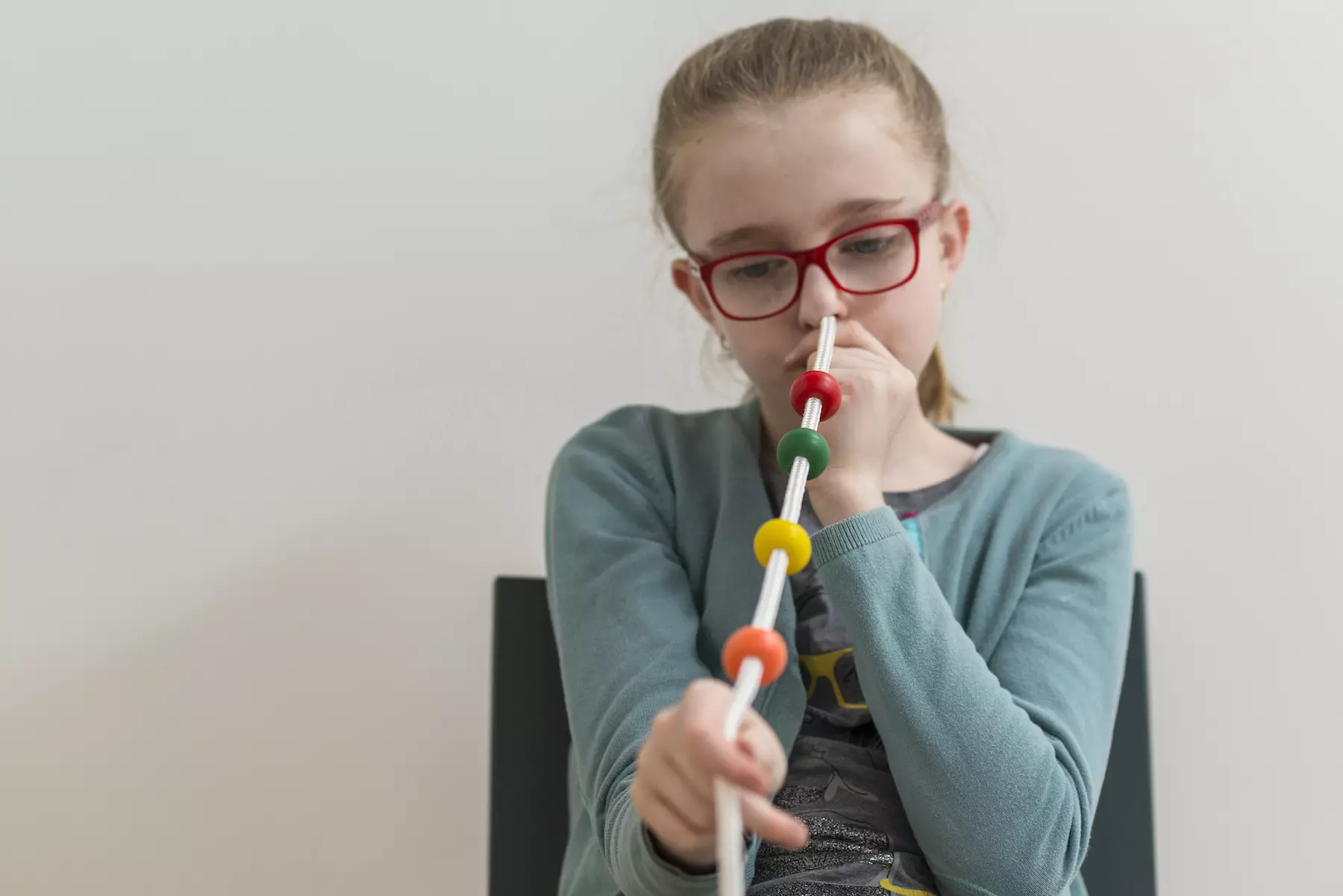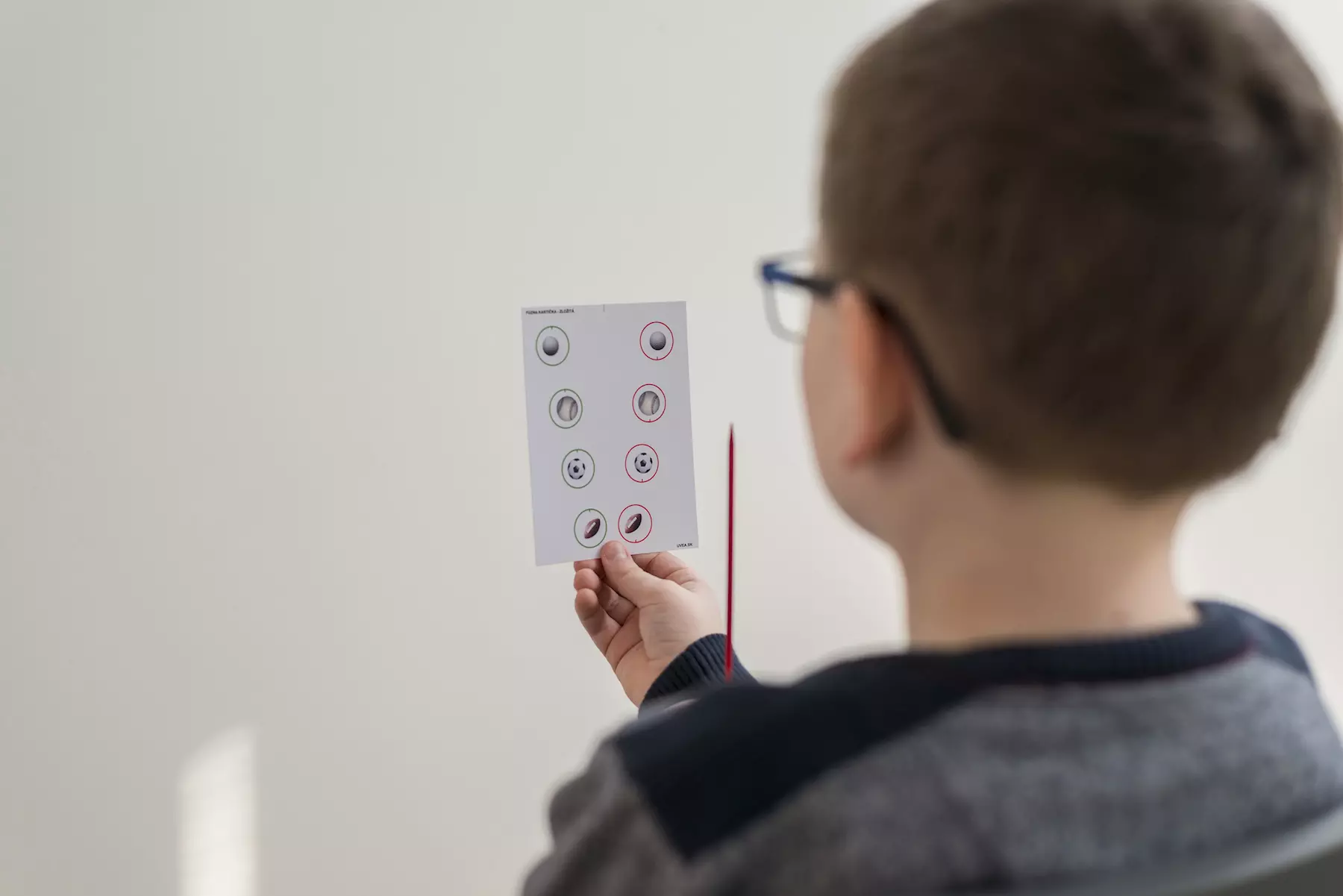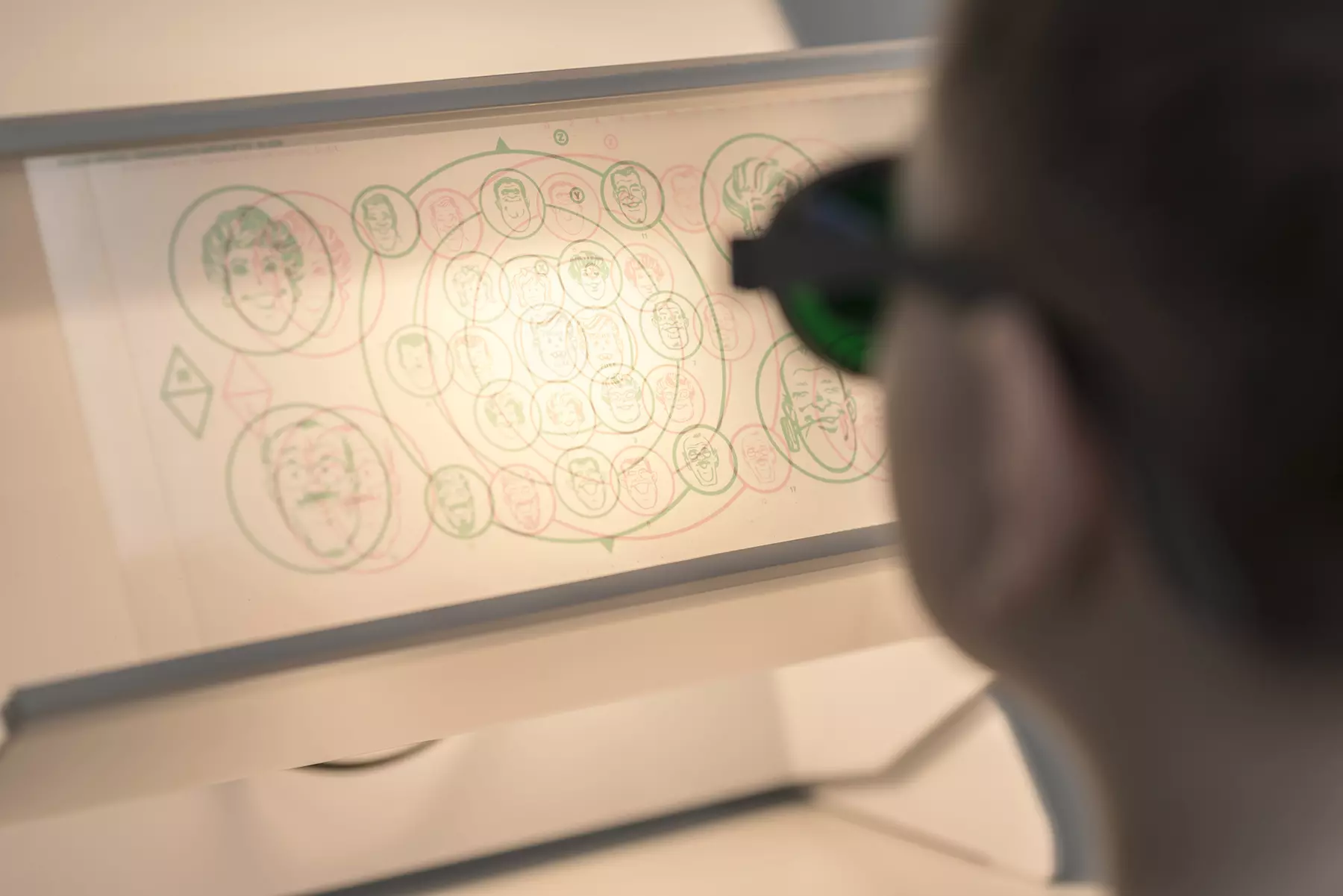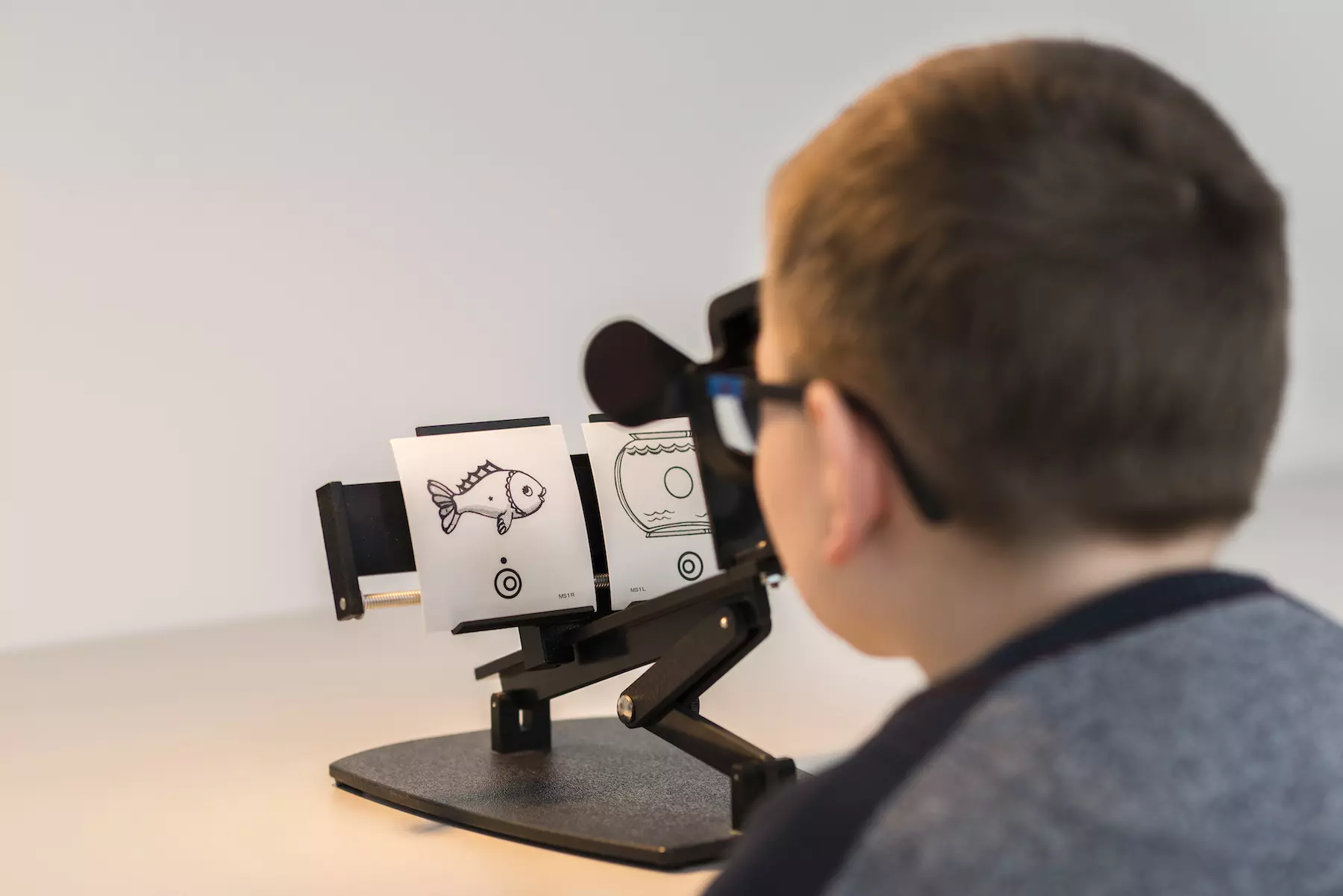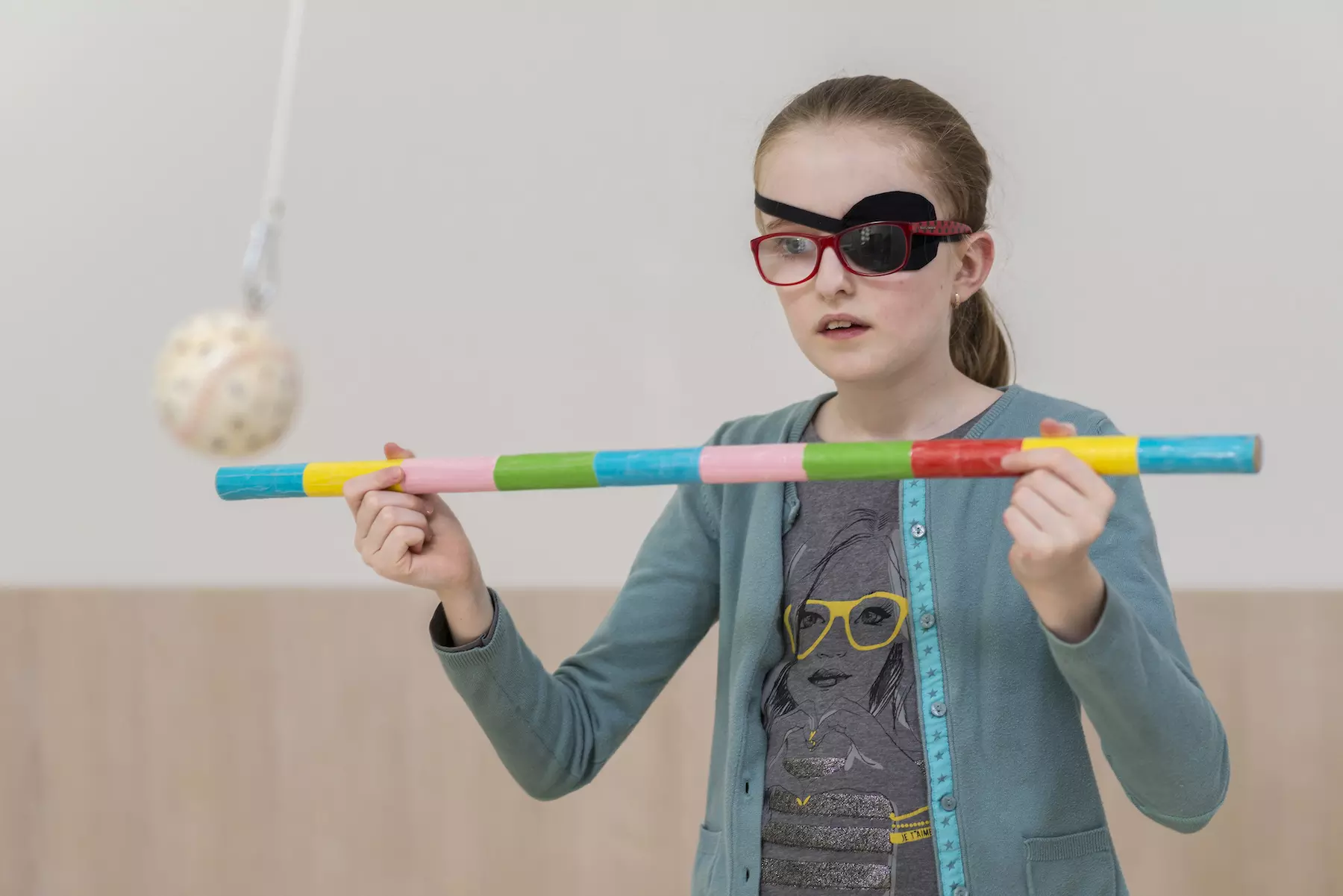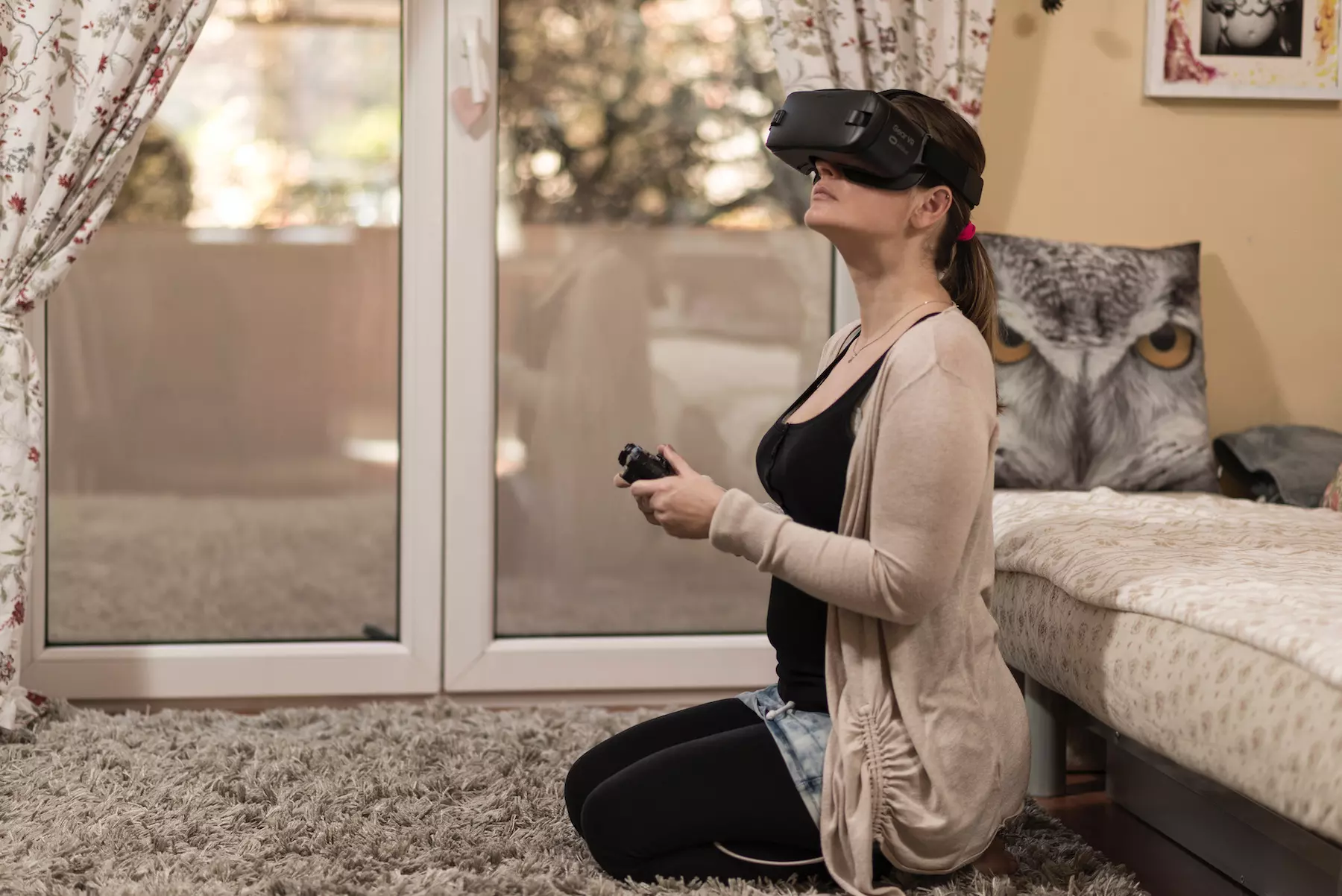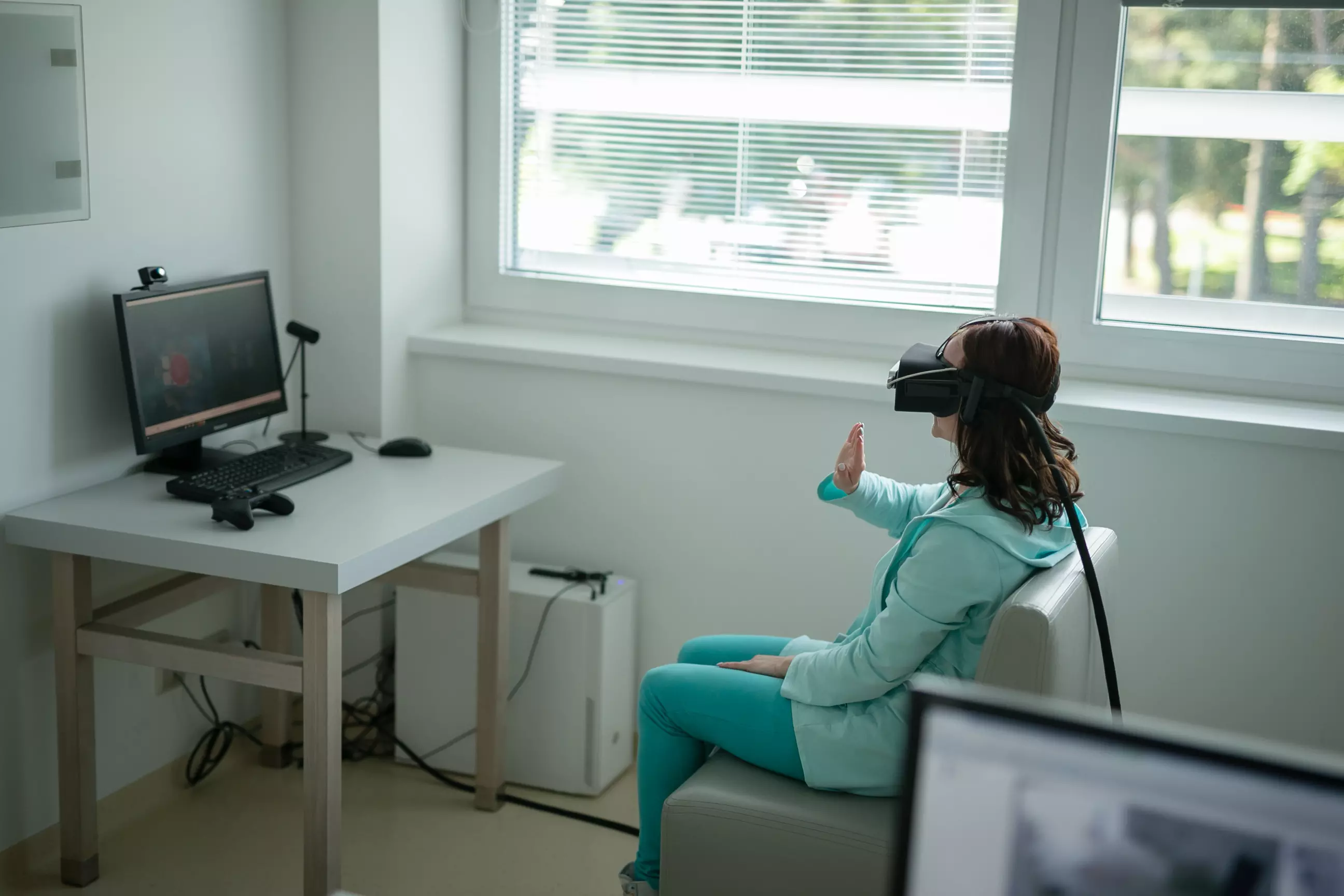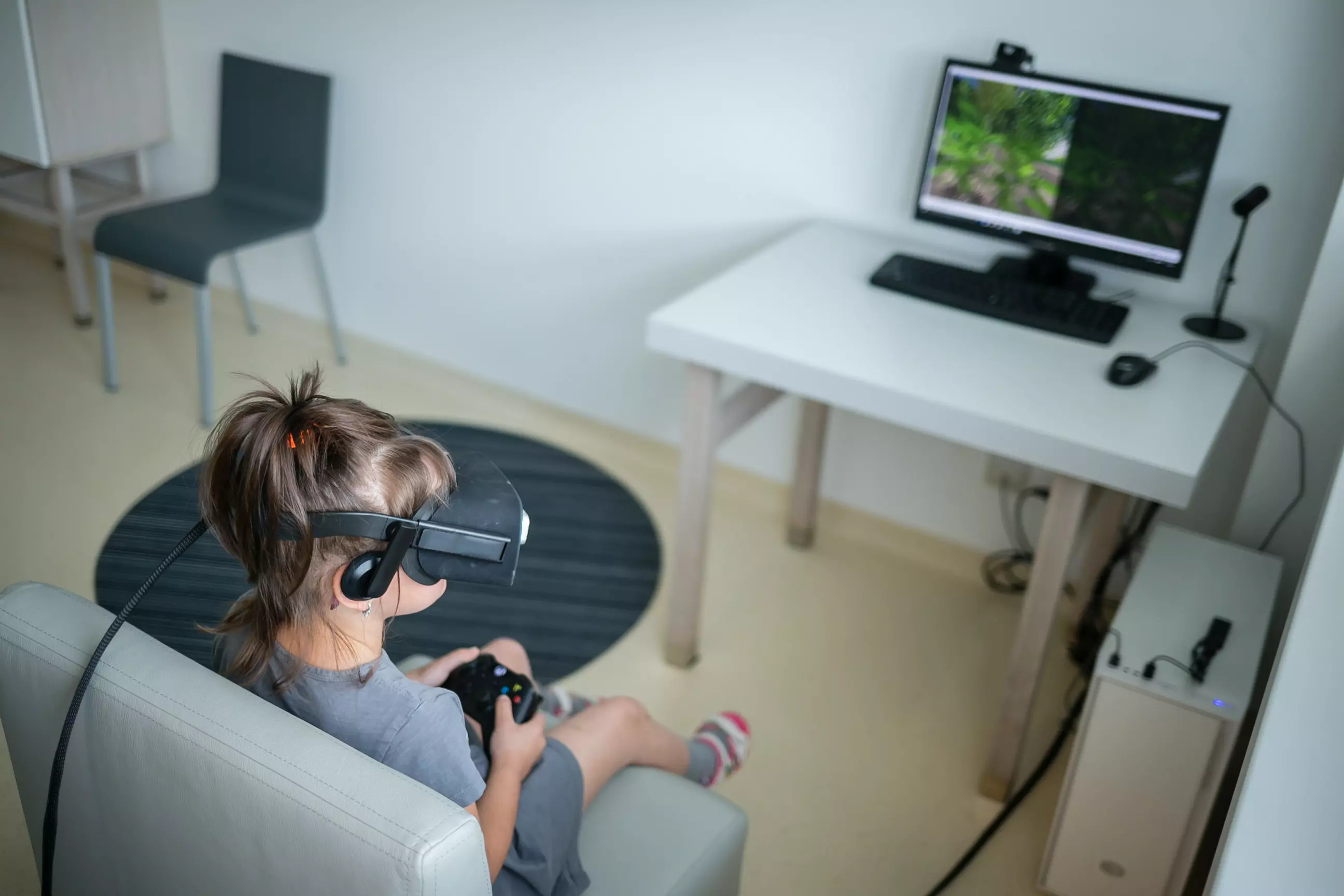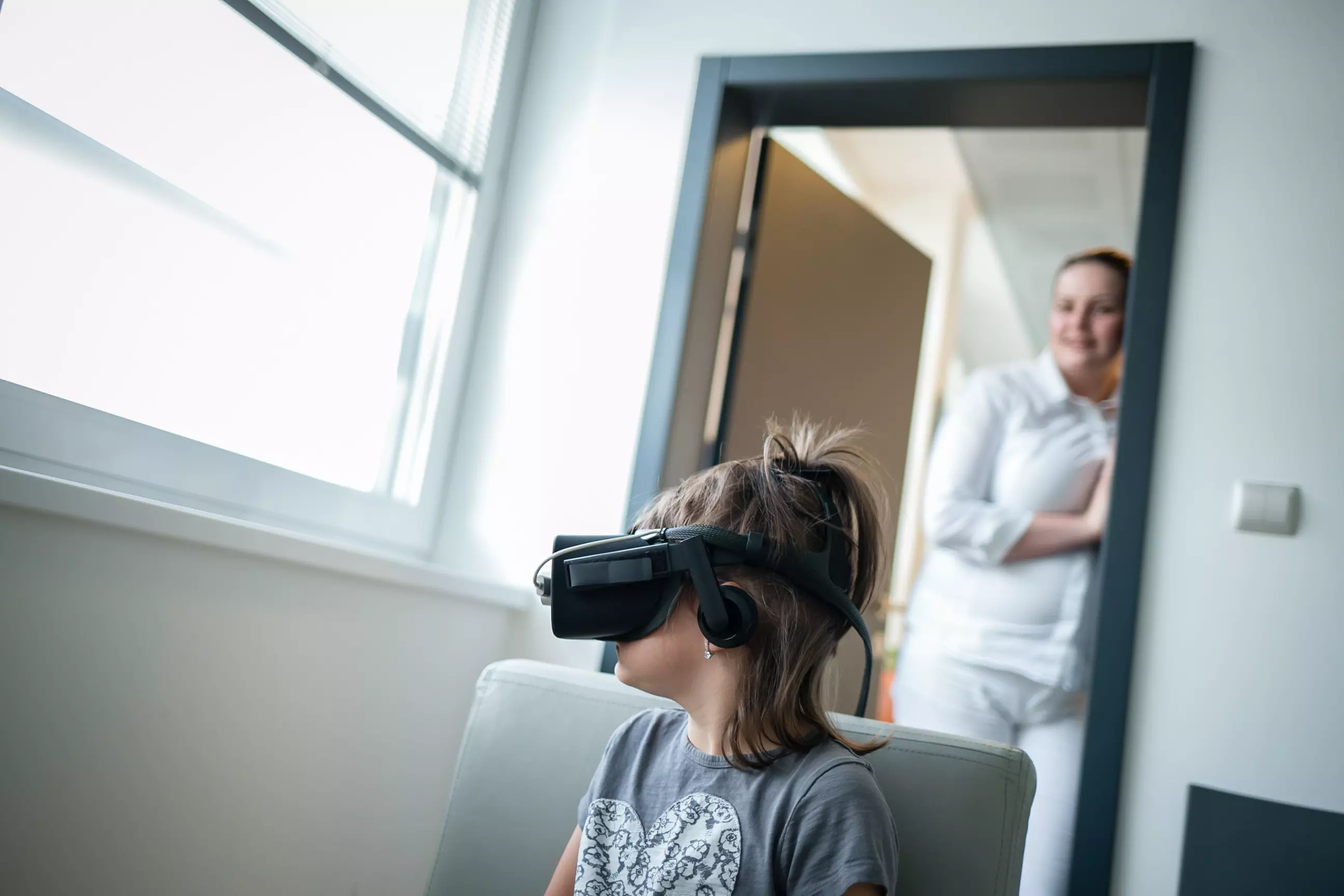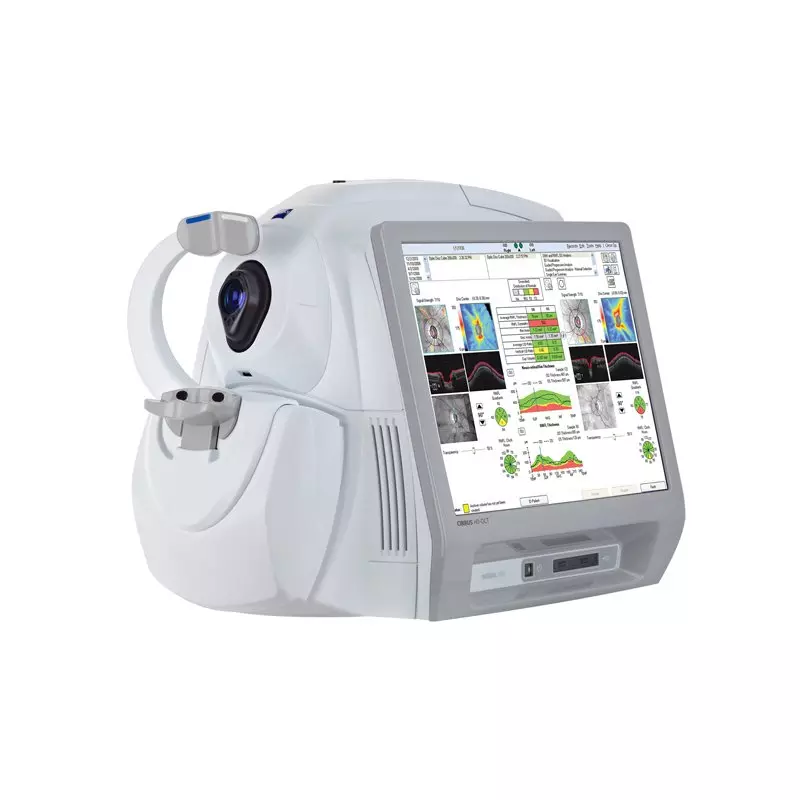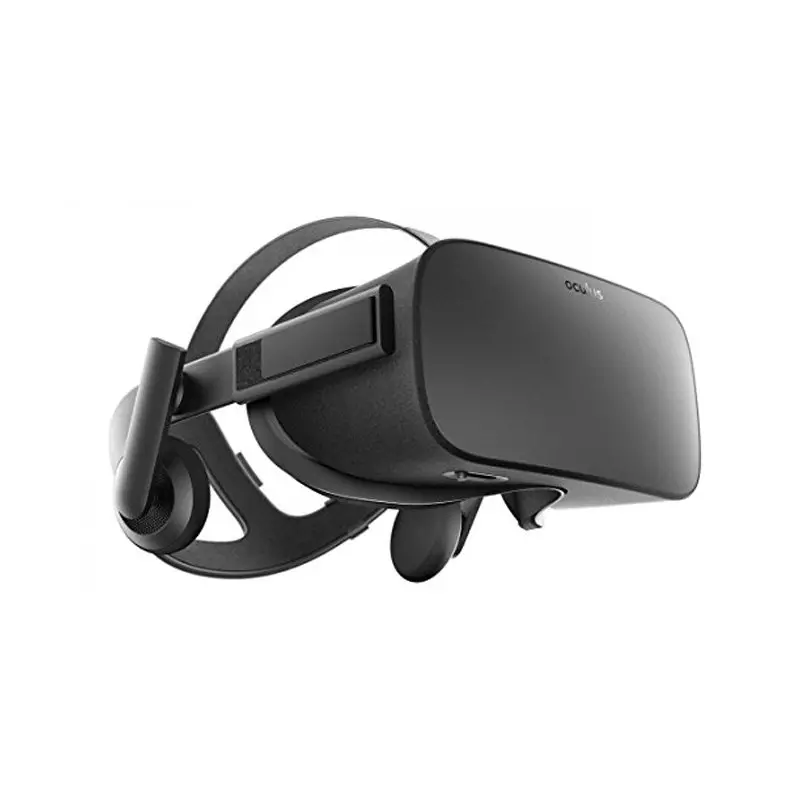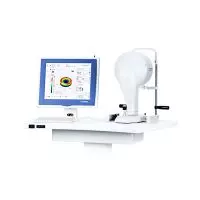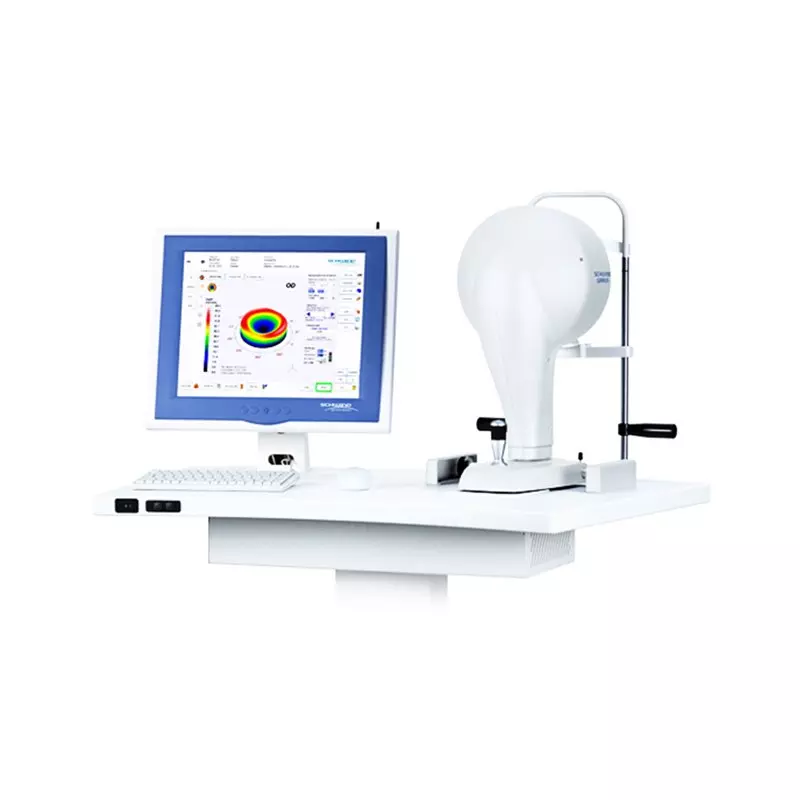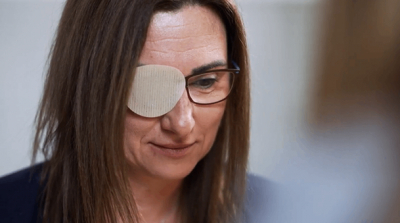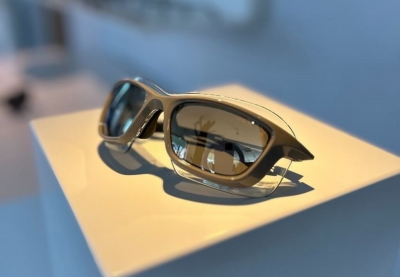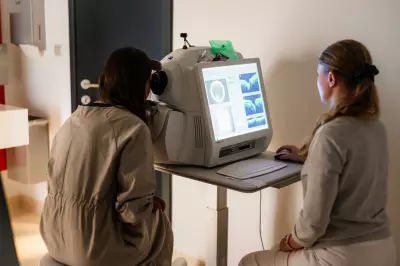Healthy vision

Vision disorders

Lazy eye
Lazy eye or amblyopia is a vision disorder where a person loses visual acuity and spatial vision ability. The brain switches off the processing of signals from the weaker eye. As a result, the disorder often leads to crossed eyes.
What’s the problem?
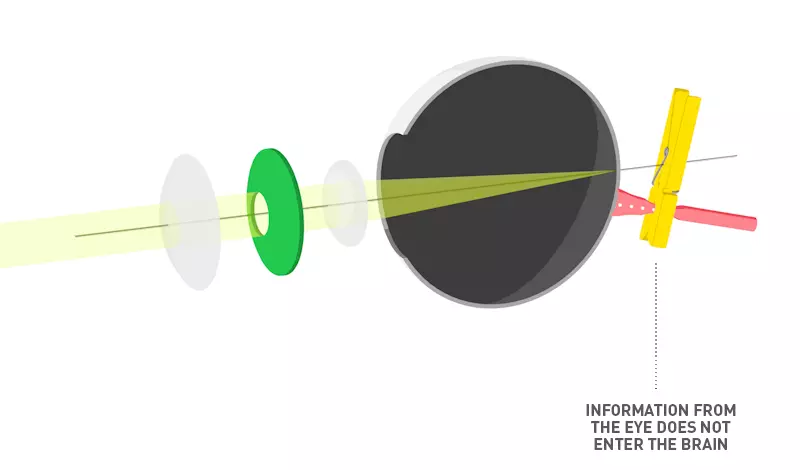
Lazy eye occurs mainly in childhood, when the development of the place of sharpest vision (macula) takes place. The affected eye usually has no signs of damage, but the optical path which carries visual impulses to the brain is not sufficiently developed.
The eyes try to compensate for this situation by focusing at close range (accommodation), which also leads to crossed eyes. In order for the brain to prevent double vision, it switches off the information coming from one (usually the worse) eye.
People also lose their spatial vision and see the world as a 2D image.

Treatment for lazy eye
Occluder and conventional exercises
The golden standard for the treatment of lazy eye is the application of a patch (so-called occluder) on the dominant eye with the aim of strengthening the weaker one and thus train the visual centres in the brain. With this form of treatment, so-called conventional visual exercises have a supportive function.
Exercises are aimed at patients who have a problem with coordination in both eyes, in particular when reading and subsequent related eye tiredness.
The aim of the exercises is to practise using the muscles responsible for eye movement: closing and opening eyes, which form the basis for binocular cooperation and complex spatial vision. This treatment method which combines the use of an occluder and conventional exercises, however, is only effective in young children.
- treatment takes place as a series of exercises under the supervision of a visual therapist in our own premises
- one exercise session lasts approximately 45 minutes
- once the treatment is completed, an improvement in the sensory capacities of the patient’s eyes can be expected. In many patients, problems of asthenopia linked to eye strain are thus resolved, and vision becomes clearer, particular in cases of lazy eye
Oculus Rift and virtual reality
This is the most fun existing treatment therapy for eye diseases. For adults, it brings new hope if treatment has not yet been carried out. For children, this treatment is fun. The principle of the treatment is based on playing a computer game specially developed for treating lazy eye .
If you have your own virtual reality glasses (e.g. Samsung gear VR), thanks to a special mobile app, you can also exercise your sight at home, while our doctor follows your progress via a cloud interface.
- the patient takes on various roles in the game which force him/her to take note of the space, thus practising spatial vision
- the principle of the treatment is that the special screens of the glasses show a different picture for each eye
- we have been working with a virtual reality treatment method since 2015 and achieve good results not only with children, but also with adults who have been told until now that there is no chance of curing their lazy eye
- we have the best experience with the treatment method of combined exercises which includes exercises with special glasses and conventional exercises
Is surgery right for you?
To help you find your way around, we have prepared a brief overview of surgeries available for different types of refractory disorders or diseases. Find out which type of surgery is best for you.
Price list
| TREATMENT FOR LAZY EYE | VŠZP | DÔVERA | UNION |
|---|---|---|---|
| COMPLETE EXAMINATION FOR TREATMENT OF LAZY EYE | 90 € | 90 € | 90 € |
| CONVENTIONAL EXERCISES | 50 €  | 50 €  | 50 €  |
| VIRTUAL REALITY TREATMENT AT CLINIC BASIC PACKAGE | 170 € | 170 € | 170 € |
| VIRTUAL REALITY TREATMENT AT CLINIC COMPLEX PACKAGE | 210 € | 210 € | 210 € |
| HOME TREATMENT WITH VIRTUAL REALITY INITIAL CYCLE | 240 € | 240 € | 240 € |
| HOME TREATMENT WITH VIRTUAL REALITY BASIC PACKAGE | 160 € | 160 € | 160 € |
| HOME TREATMENT WITH VIRTUAL REALITY COMPLEX PACKAGE | 190 € | 190 € | 190 € |
 It consists of a detailed ophthalmological examination and an additional examination by an optometrist - see the price list of examinations
It consists of a detailed ophthalmological examination and an additional examination by an optometrist - see the price list of examinations
 The additional price is 0-20€ and depends on difficulty of the conventional exercises.
The additional price is 0-20€ and depends on difficulty of the conventional exercises.To help you find your way around, we have prepared a brief overview of surgeries available for different types of refractory disorders or diseases. Find out which type of surgery is best for you.







